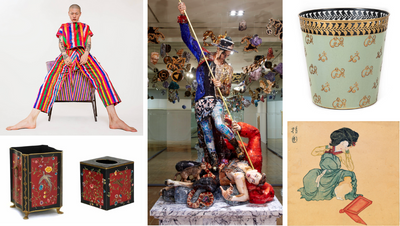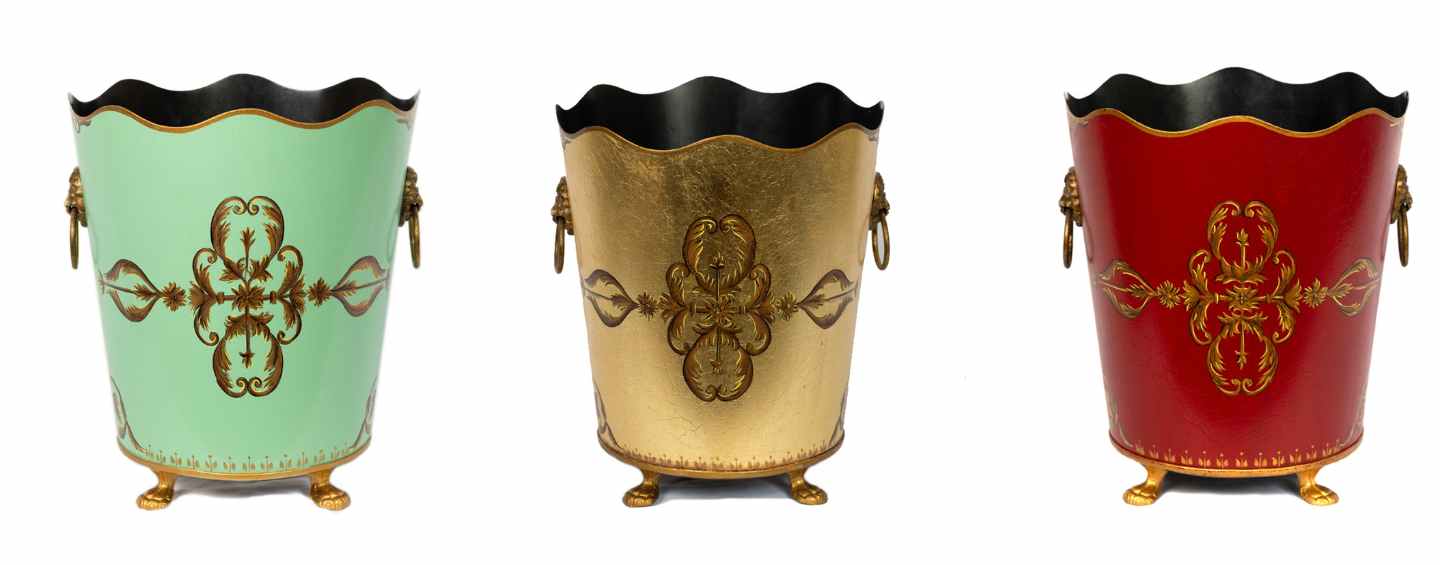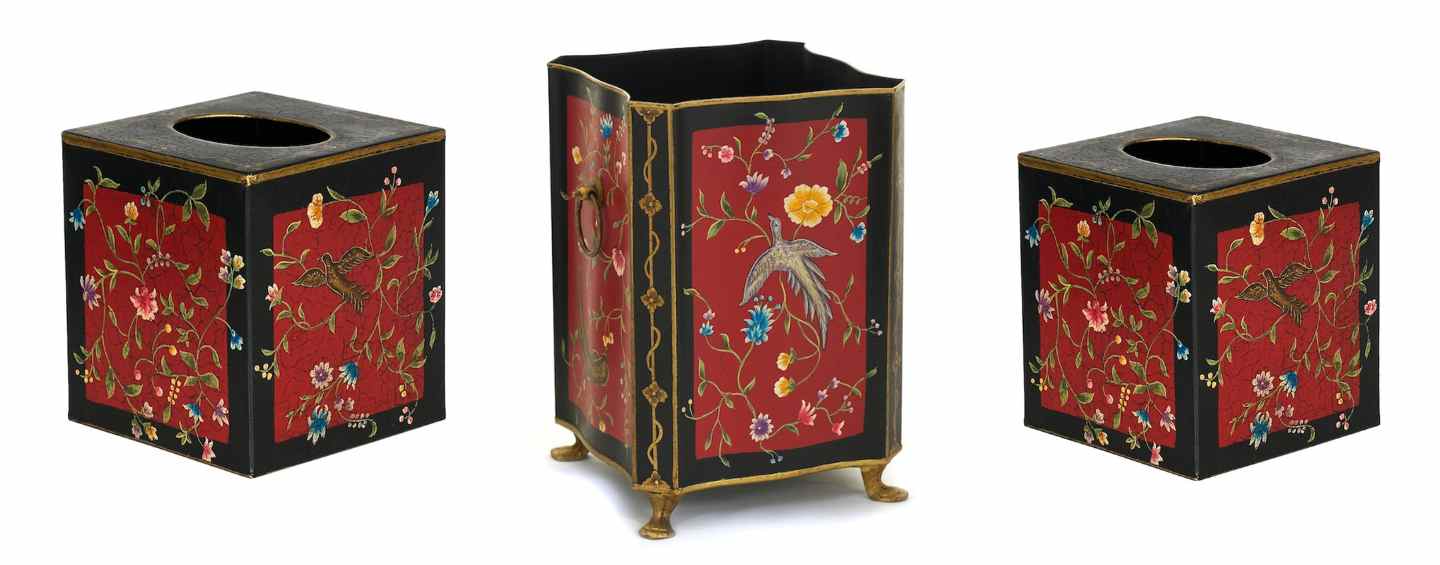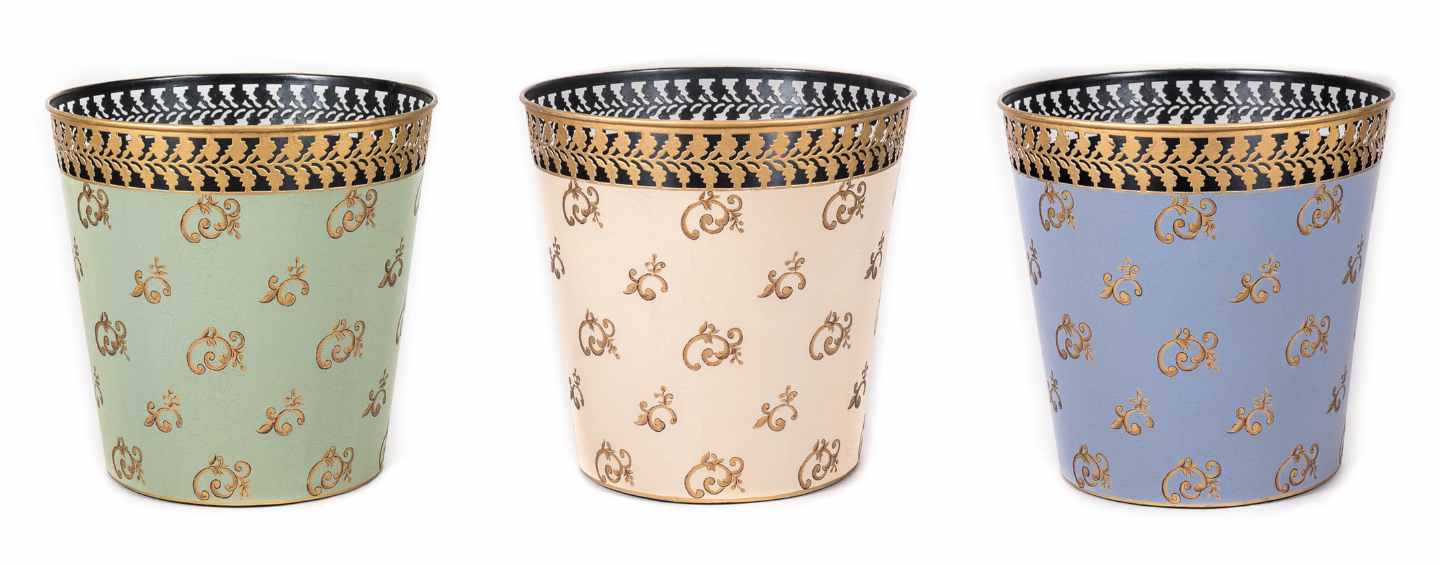16th Dec 2022
When you think about global cultural phenomenons, there are few that launch to mind with the same vigour and dynamism as the Korean wave. Otherwise known as Hallyu, the Korean wave literally means wave/flow of South Korea and represents the boom in popularity of the colourful and dynamic popular culture of South Korea.
A brief history of the Korean wave
The wave of Korean popular culture can be traced back to the early 1990s, when a small number of Korean dramas and films began to gain popularity in East Asia. These early works were followed by a boom in Korean pop music, which quickly became hugely popular in China, Japan, Taiwan, Hong Kong, and other parts of Southeast Asia.
Around the end of the 1990s, the South Korean government began heavily supporting the development of creative industries through subsidies and funding for start ups. By the turn of the 21st century, South Korea had emerged as a major exporter of popular culture and tourism.
In recent years, the popularity of Korean music, dramas and films (K-pop, K-dramas) has taken hold in other parts of the world, including North America and Europe. Most social media users will be familiar with Psy's K-pop hit Gangnam Style, and many with a Netflix subscription got hooked on the hugely popular shows Parasite and Squid Game, which brought Korean art to a whole new audience.

The Korean wave has helped to spread Korean culture and language beyond Korea's borders, been a major force in promoting tourism to Korea and become a significant part of its rapidly developed economy.
Characteristics of Hallyu
One of the most notable aspects of the Korean Wave is its focus on young people and teenagers. Many of the most popular Korean dramas and films are aimed at this demographic, which in combination with the rise in social media, helps explain why Korean culture has been so successful in spreading around the world.
Artistic influence of the Korean Wave
From K-pop to K-dramas, fandom to fashion, and beauty to art, there’s no arguing with the fact that the popular culture of South Korea has taken the world by storm. The genre has a lot of interest, with regular exhibitions around the world, notably right now with HALLYU! The Korean wave at the V&A South Kensington.
At Must Have Bins we are no exception to its influence, with many of our waste paper baskets and tissue boxes inspired by popular Korean trends.
Must Have Bins featuring South Korean style
A number of our pieces feature the chinoiserie style, a popular design trend that has been influenced by the Korean Wave. This style typically features bold and bright colours, as well as intricate patterns and designs.
As a style, chinoiserie is related to the Rococo style. Both styles are characterised by exuberant decoration, asymmetry, a focus on materials, and stylised nature and subject matter that focuses on leisure and pleasure.
The Korean Wave has definitely had an influence on the "must have" items in our lives and with a seemingly endless stream of talented artists emerging from the region it doesn't look like that's going to change anytime soon.
Want to find a characterful room accessory for your home? Browse our range for something that speaks to you, or get in touch to talk to us about a bespoke item to fit your room perfectly.



